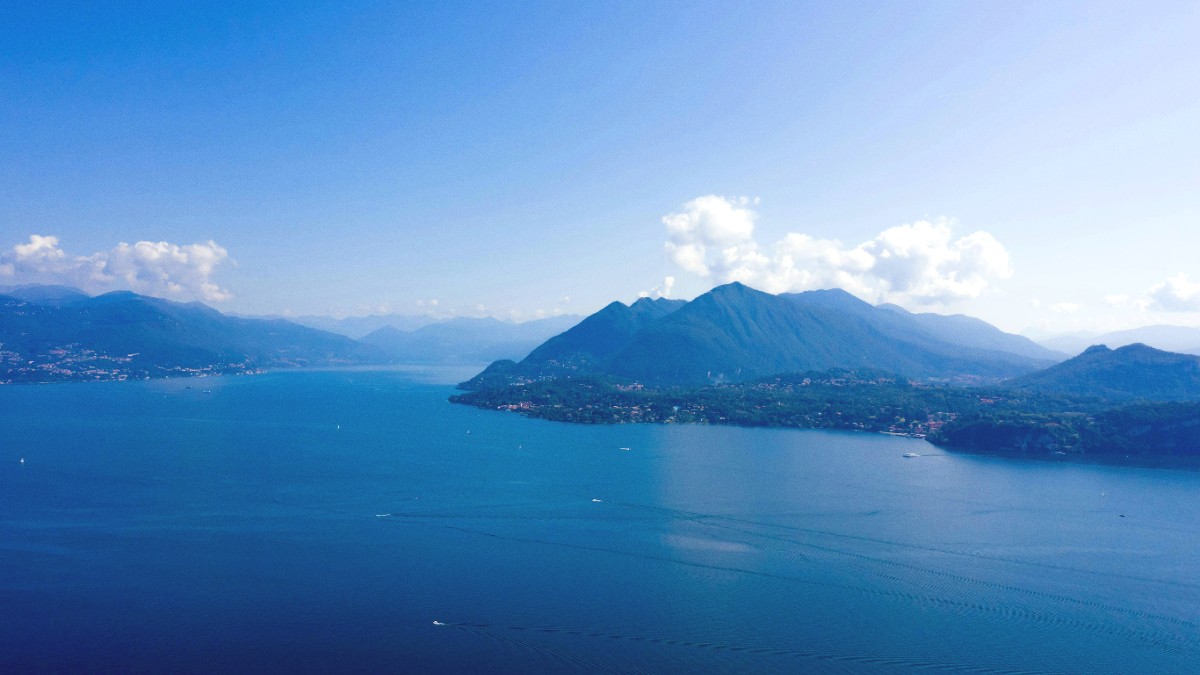
Lombardy And The Lakes, Italy
Timing your Lago Maggiore visit significantly shapes your experience. Weather patterns, crowd levels, and attraction availability vary by season. Italy's second largest lake enjoys a temperate climate, influenced by its alpine backdrop and the large body of water, creating distinct seasons.
Temperatures and precipitation patterns shift throughout the year, impacting outdoor pursuits and overall ambiance.
Each period presents an unique atmosphere.
The lake's diverse character changes with each season, from the activity of summer to the quiet tranquility of winter. Your ideal visit time depends on your priorities: sun and crowds, mild weather and fewer people, or a peaceful, atmospheric retreat.
(June-August)
Warm, sunny weather; all attractions and services fully open; frequent ferries; lively atmosphere with events.
Peak crowds, highest prices for accommodation and flights, busy popular spots.
(April-May, Sep-Oct)
Pleasant weather for sightseeing and hiking; smaller crowds; better prices for travel and lodging.
Some services with reduced hours; higher chance of cooler or rainy days.
(November-March)
Truly tranquil experience; lowest prices for accommodation and flights; atmospheric lake views.
Many hotels, restaurants, and attractions closed; limited ferry schedules; colder weather restricts activities.
Summer thunderstorms can occur, usually clearing quickly. Winter, especially November and December, frequently brings fog, creating a mysterious atmosphere and possibly impacting lake views and ferry travel. Higher elevations around the lake, like Mount Mottarone, experience cooler temperatures and greater potential for snow in winter.
April or May for peak spring blooms, or September/October for pleasant weather.
June to August for warmest lake temperatures and longest daylight.
May, September, and October for comfortable temperatures on trails.
Shoulder seasons (spring/autumn) for comfortable exploration with fewer crowds.
Winter fog or autumn colors for unique atmospheric photos.
Italy, a member of the Schengen Area, has specific rules for Lago Maggiore travelers. Awareness of these guidelines assists smooth entry.
Italy belongs to the Schengen Area, a zone of 27 European countries without internal border control. Entry to one Schengen country permits free travel within the zone for a specific period.
Many non-EU citizens, including those from India, China, and various African and South American countries, may require a Schengen visa. The application process includes several steps.
There are no general entry fees for Italy itself for tourists. Most attractions, including the Borromean Islands and Villa Taranto, require standard admission tickets.
| Category | Detail | Notes |
|---|---|---|
| Entry Fees | None for Italy as a country. | Attraction tickets are separate. |
| Immigration | Standard procedures upon arrival. | Present passport, state purpose (tourism). |
| Special Permits | Not typically for general tourism. | Multi-day treks in national parks might have registration for safety. |
Costs can change significantly based on your travel style, from a budget-conscious backpacker to a luxury traveler. Italy uses the Euro (€), and understanding local payment customs helps manage your money efficiently.
The official currency of Italy, and Lago Maggiore, is the Euro (€). While card payments are common in hotels, larger restaurants, and shops (Visa and Mastercard widely accepted, American Express less so), having some cash is advisable. Small denominations (€5, €10, €20 notes) are useful for smaller purchases, local markets, and public transport tickets from tabaccherie. Inform your bank or credit card company of your travel plans to avoid security holds.
Widely available in all major towns (Stresa, Verbania, Arona, Cannobio, Luino) and airports. ATMs generally present the best exchange rates.
Banks also offer currency exchange, but their rates might be less favorable, and hours are limited.
Check with your bank about foreign transaction fees before you travel.